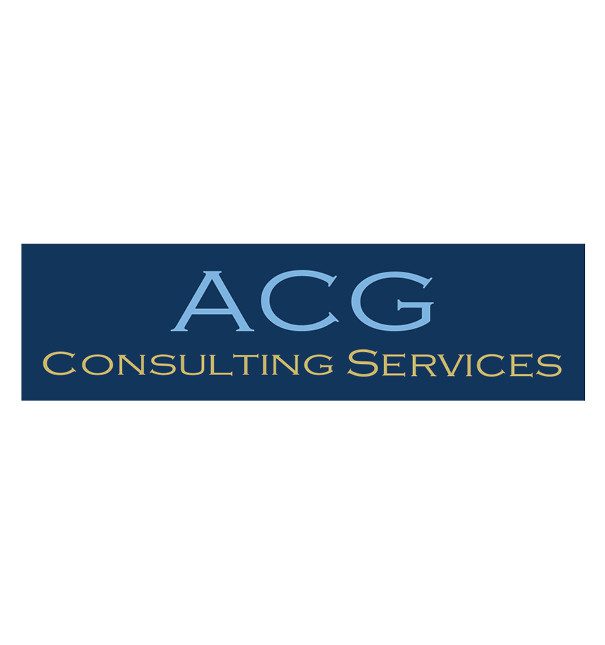Organizations must create a strong compensation structure to attract talent and keep employees engaged. Prospective and current employees want to feel confident that the pay practices are fair, equitable, and transparent. The furnishings and appliances industry tends to attract a very competitive group. Here are some best practices you should consider when creating a compensation strategy.
- Ensure Transparency: All current and prospective employees should know the pay periods and pay dates. When there are components other than the hourly and salary, such as spiffs, draws, and bonuses, there should be clear information to set the correct expectations for timing and values when possible. See the Do’s & Don’ts of Commission Plans below for more on this topic.
- Create a Compensation Philosophy: Decide if you want to lead, match or lag the industry for compensation and benefits, using internal and external information. Determine if you will offer annual cost of living adjustments (“COLA”), performance-based increases, or a combination of both. There should also be guidance on handling employees who reach the maximum salary for their role, exceptional performance bonuses, and mid-year adjustments, if necessary. The decision-makers and approvers should also be defined to create clarity and transparency in the process.
- Conduct a Job Analysis: Determine the tasks, responsibilities, knowledge, skills, objectives, and organizational impact of the role. Define the minimum experience and education needed to perform this role. From this information, a job description should be created.
- Establish a Value for the Role: Each job description should have a salary grade or band assigned. This role’s impact on the organization, the required skill set, availability of talent, information from competitors, and other available information should be used to price this role. Normally, a person considered fully trained should be at the mid-point of a salary range.
- Create Structure: In addition to knowing when each employee will be paid, employees want to know when they will be eligible for an increase and how those increases are determined. Some organizations use “focal” timing when all employees are reviewed for increases simultaneously. Others use anniversary timing, which relies on the hiring date to determine when an annual increase will occur. This can stand alone or be incorporated into the compensation philosophy.
- Ensure Equitable Pay: Pay between peer groups should be reviewed regularly to determine if adjustments need to occur. If compensation changes happen throughout the year, you may learn that unintentional inequities will occur. This could be especially problematic if a protected group is impacted, leading to distrust in discrimination claims. Within the peer groups, also look to see if there is equity among gender, races, and other protected classes. You may need to make adjustments to avoid unfair treatment.
Normally the timing of your annual performance reviews will coordinate with your annual increase. Compensation strategies should be revisited throughout the business life cycle as the business matures. You should determine if you want to have a firm process or to use a more fluid approach, which may be needed in a highly competitive market. Regardless of your choices, the plan must feel relevant and up-to-date to keep your teams in the furnishing industry interested and motivated.
Do’s & Don’ts of a Great Commission Plans
A good commission plan is designed to motivate and encourage the desired behaviors of the organization. These behaviors should align with the company’s values and never encourage predatory practices.
- The commission plan must be in writing and presented to the employee in advance. It should have an effective date along with an expiration date. Normally, a new or updated plan should be offered at least 14 days in advance. Be sure to sign and get their signature on the plan.
- Look for opportunities to incorporate feedback from those who have worked in these roles already before drafting the plan. This will create better buy-in. Recently promoted individuals, who are no longer on commission, are an incredibly resourceful group. Many will know the loopholes others have exploited or how to make the plan more attractive to the sales team.
- Ensure that the plan is ethical. No one should benefit from predatory practices. There should be checks and balances to prevent unethical behavior, ensure that your company’s reputation will not be risked and that these actions are not unintentionally rewarded.
- Include a mix of team and individual goals and long-term and short-term goals. This will encourage teamwork and produce better peer relationships.
- Have a visible scoreboard. Normally your sales team is highly competitive, so this will be a great way to motivate them to push to be recognized as a top performer. Performance metrics should not be exclusively sales; it can be a combination of net promoter scores, biggest increase MTM or YTY, most accessories, lower return or exchange rate, and other key metrics important for furniture retailers. Celebrate the successes to spotlight the desired behaviors.
- Include the timing of payouts, the percentage rate or amounts, and all compensable elements. The quicker you are able to pay, the more the plan will reinforce the desired behaviors.
- Consider adding accelerators into the plan that provide larger payouts for increased production within the designated period. Plans should encourage sandbagging, where sales or production are moved into the upcoming sales term because the salesperson has maxed out their earning potential.
- Consider having a mix of hourly pay and commission, or a guaranteed minimum. This is especially important for those transitioning onto the plan or during an unusual event like COVID or another local disruptive event (i.e., flood).
- The plan should address separations, leaves of absence, transfers, and promotions. It should determine how these changes will impact their ability to continue to receive compensation from the commission plan.
Before making any changes to a commission plan, it should be stress-tested or tested in a controlled environment. In the furnishing industry, you can select a store or a territory to perform a test run to see if the results produce the type of anticipated payouts. Be sure to include a guarantee if you want the team to be invested in the new program’s success. If these methods are not possible, consider using sales from the prior year’s results against the new plan. This way, you can make tweaks before presenting the plan to the entire group.
CLICK HERE for more HR resources from HFA.










